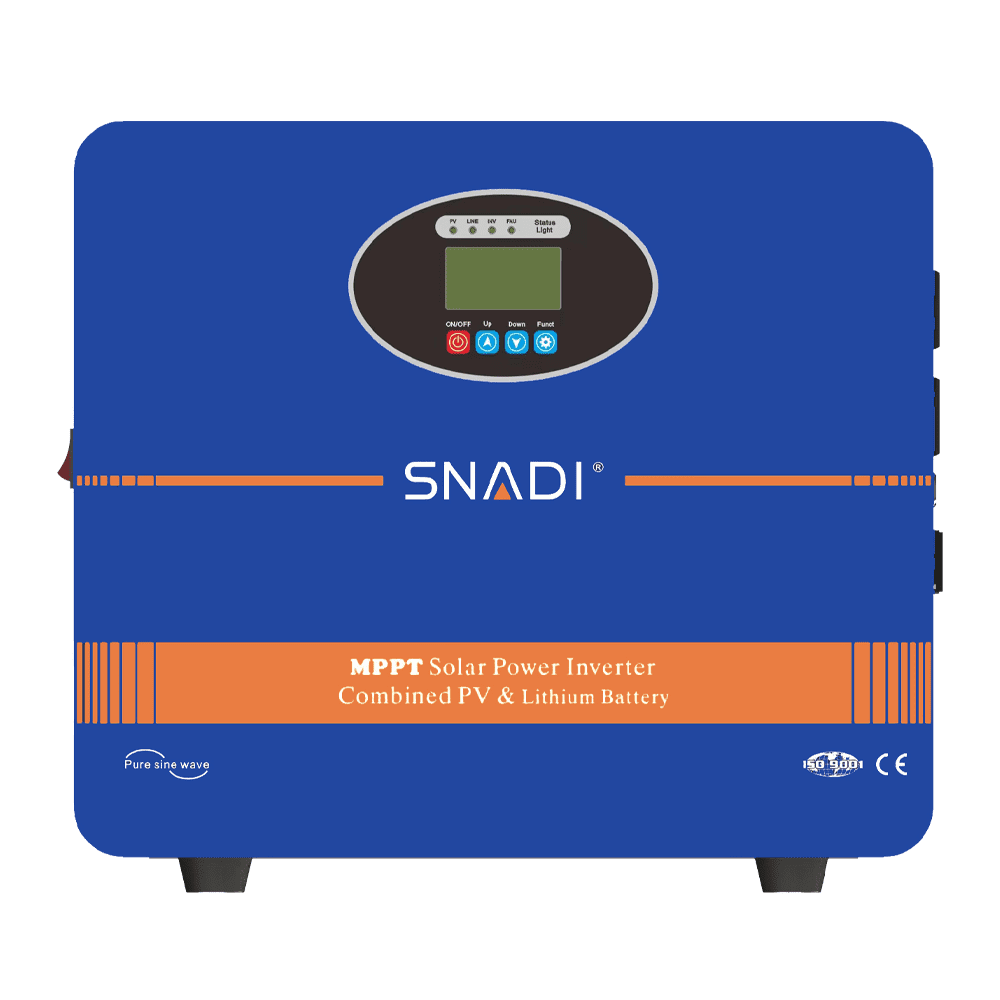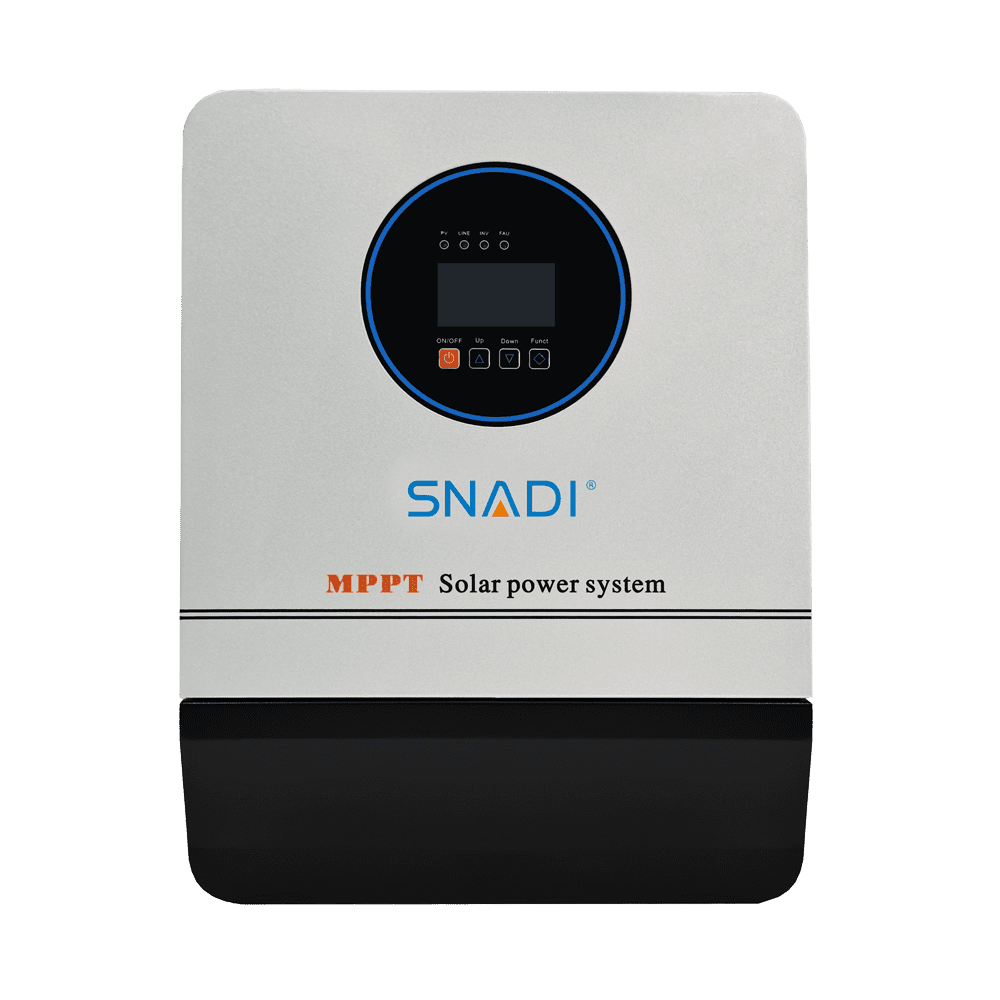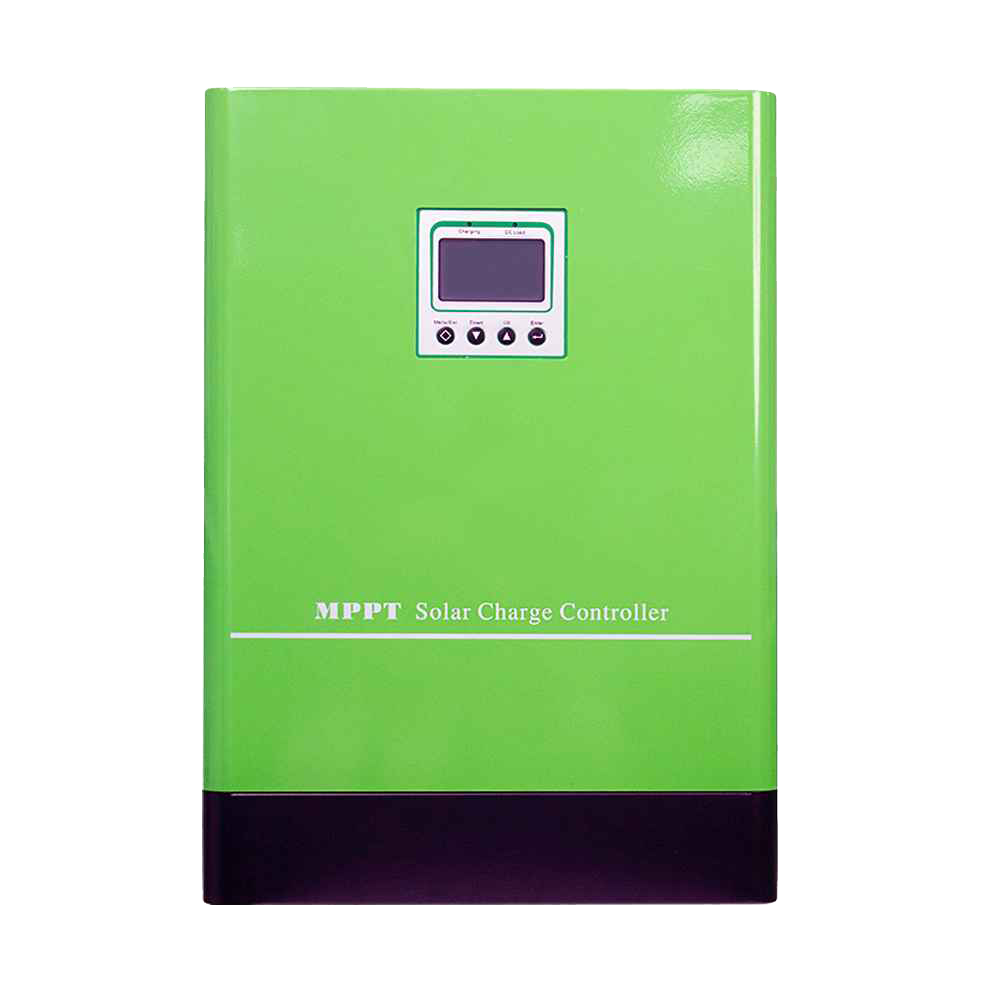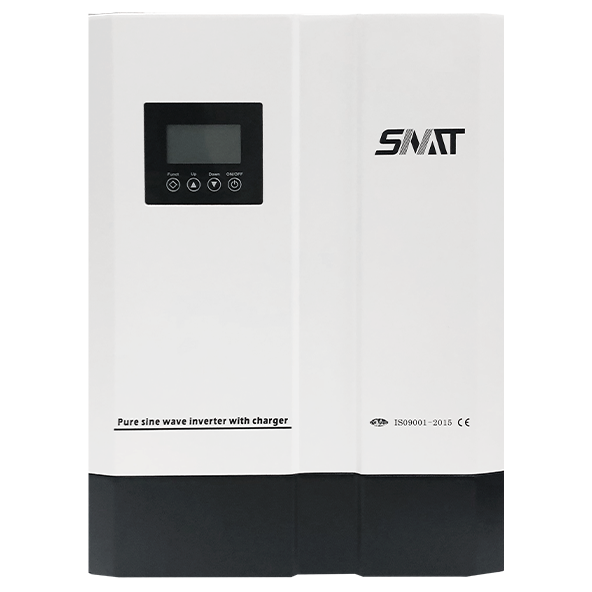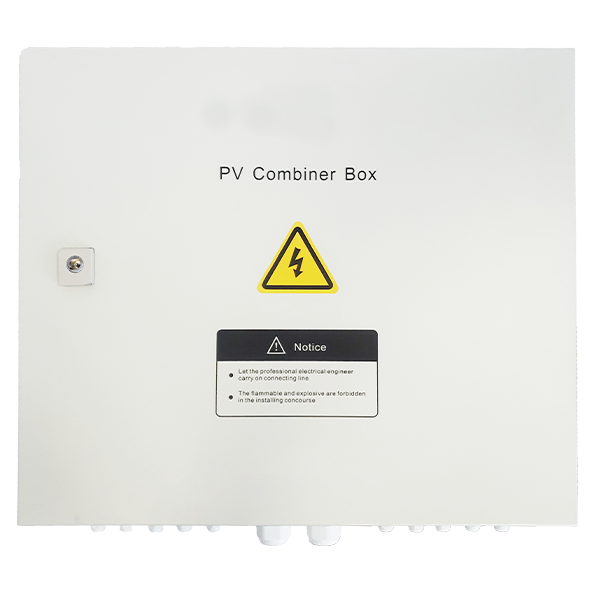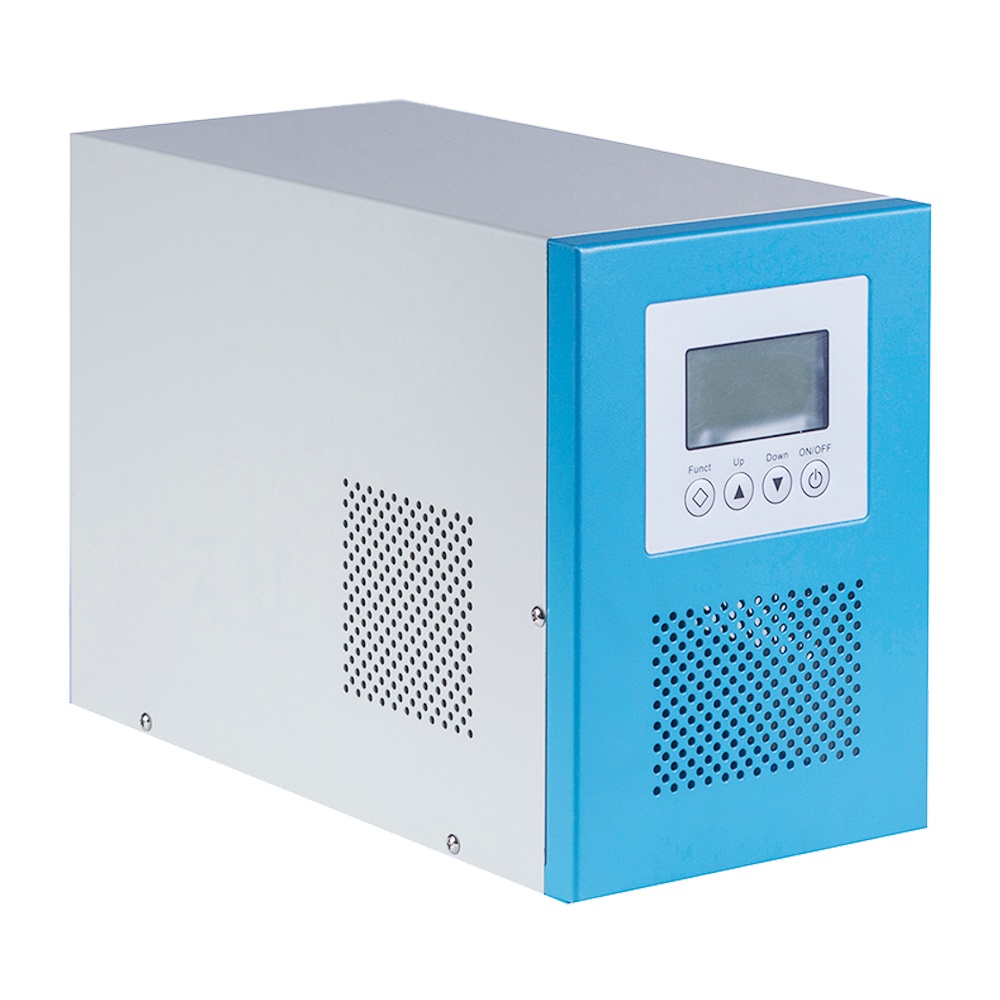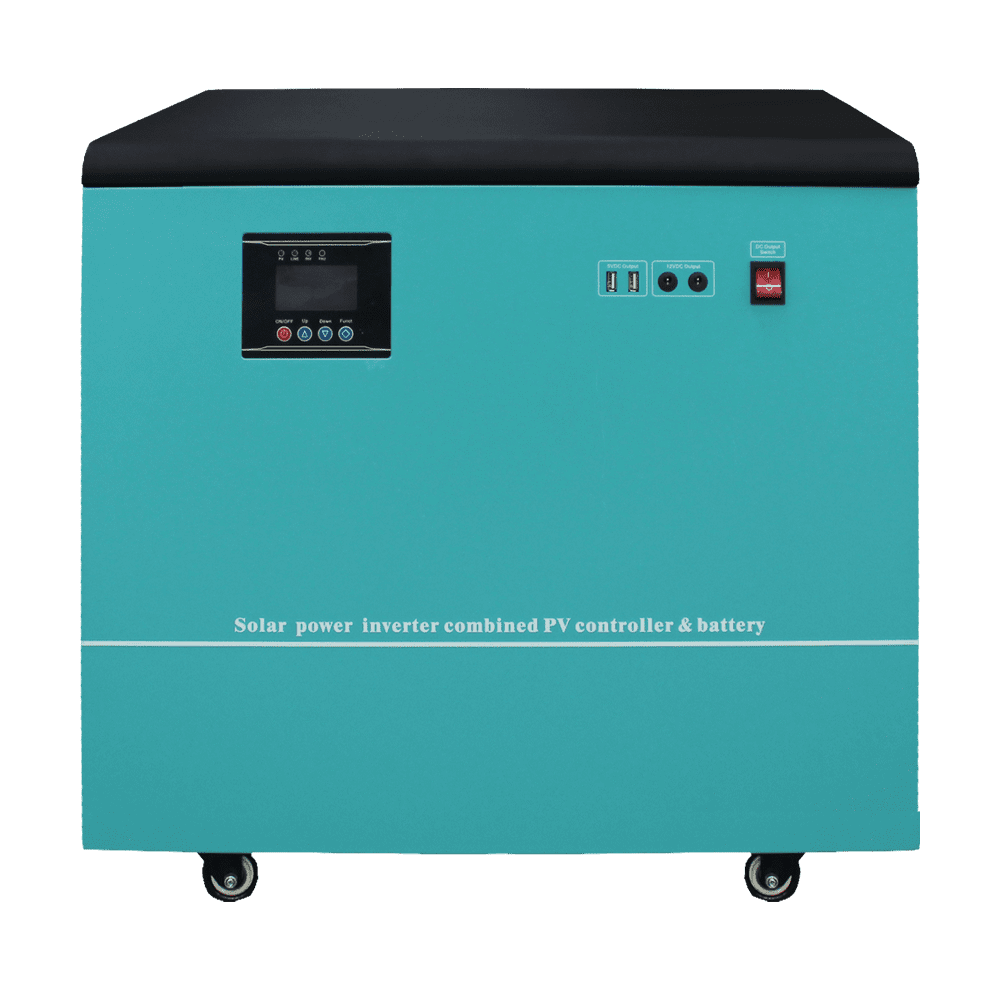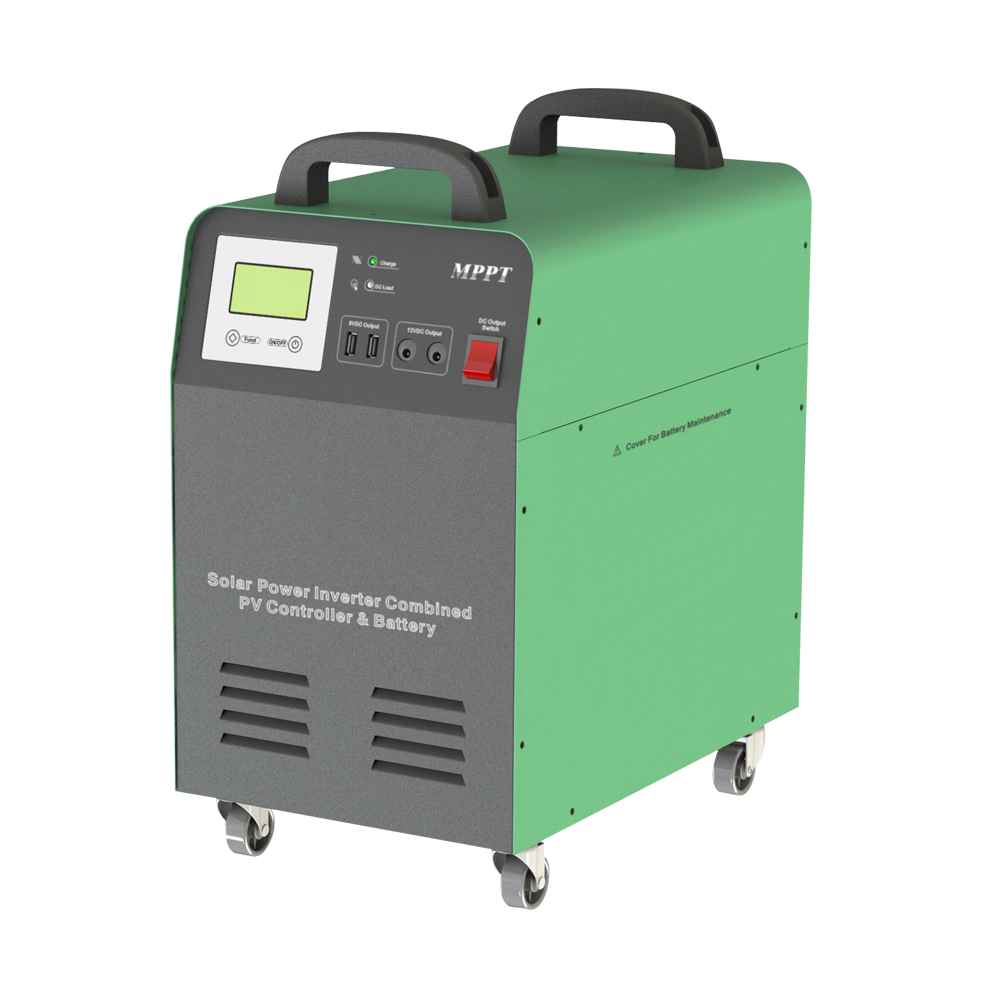In the ever-evolving realm of renewable energy, solar power stands out as a frontrunner in the quest for sustainable electricity generation. The solar charge inverter is a vital component that allows for the efficient use of solar energy. In this article, we delve into more about solar charge inverters.
Understanding Solar Charge Inverters
At its core, a solar charge inverter is a device that plays a pivotal role in converting the direct current (DC) electricity generated by solar panels into alternating current (AC) electricity, which is compatible with the electrical grid or suitable for powering household appliances. Additionally, solar charge inverters may regulate the charging and discharging of batteries in off-grid or hybrid solar systems, assuring efficient energy storage and usage.
Functionality and Types
Solar charge inverters use a complex conversion and regulation method to seamlessly integrate solar energy into current electrical systems. They are available in various types, each designed to cater to specific system requirements:
Grid-Tied Inverters: These inverters are designed for solar systems connected to the utility grid. They synchronize the output frequency and phase with the grid to provide a smooth power transfer. Grid-tied inverters also facilitate net metering, allowing excess electricity generated by solar panels to be fed back into the grid for credit or compensation.
Off-Grid Inverters: Off-grid inverters are essential components of standalone solar systems that operate independently of the utility grid. These inverters manage battery charging and discharging to ensure a consistent power supply in off-grid areas or during grid outages. Off-grid inverters are often paired with energy storage solutions such as batteries to store excess solar energy for use when sunlight is unavailable.
Hybrid Inverters: Hybrid inverters combine the functionalities of both grid-tied and off-grid inverters, offering flexibility and resilience. They allow solar systems to operate in grid-connected mode, standalone mode, or a combination of both, depending on the availability of solar energy and grid conditions. Hybrid inverters are especially effective in places with poor grid infrastructure or variable energy demand.
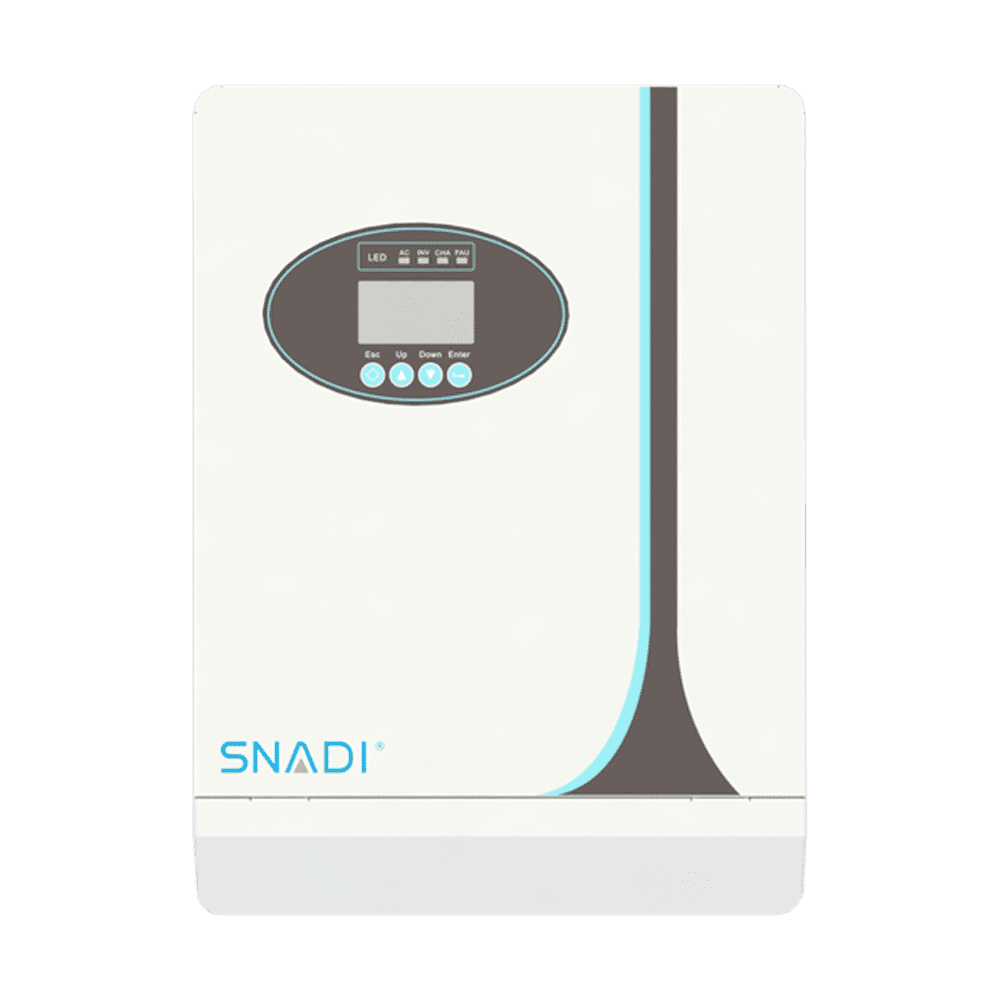
Importance in Renewable Energy Systems
Solar charge inverters play a crucial role in advancing the adoption of renewable energy and reducing reliance on fossil fuels. By turning solar energy into usable electricity and integrating it into existing electrical systems, these inverters help to decarbonize the energy industry and mitigate climate change.
Moreover, solar charge inverters enable homeowners, businesses, and communities to generate clean energy, reducing their dependence on centralized power generation and utility companies. The decentralization of power generation encourages energy independence, resilience, and local economic development.
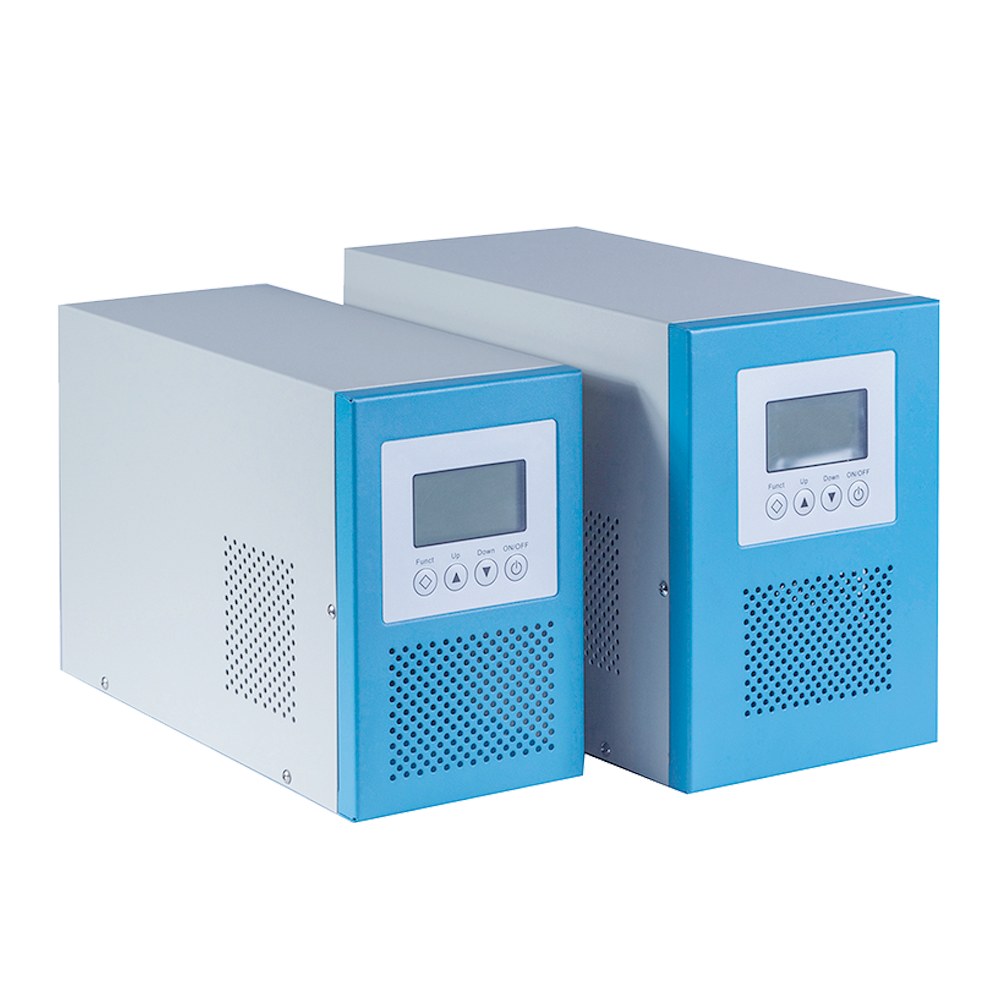
Impact on Sustainability
The proliferation of solar charge inverters represents a significant step towards achieving sustainability and mitigating the adverse effects of climate change. By harnessing the sun's almost endless power and transforming it into useful electricity, these inverters help to reduce greenhouse gas emissions, reliance on fossil fuels, and environmental degradation associated with traditional energy sources. Moreover, the deployment of solar charge inverters promotes energy independence and resilience by decentralizing power generation and empowering communities to take control of their energy futures.
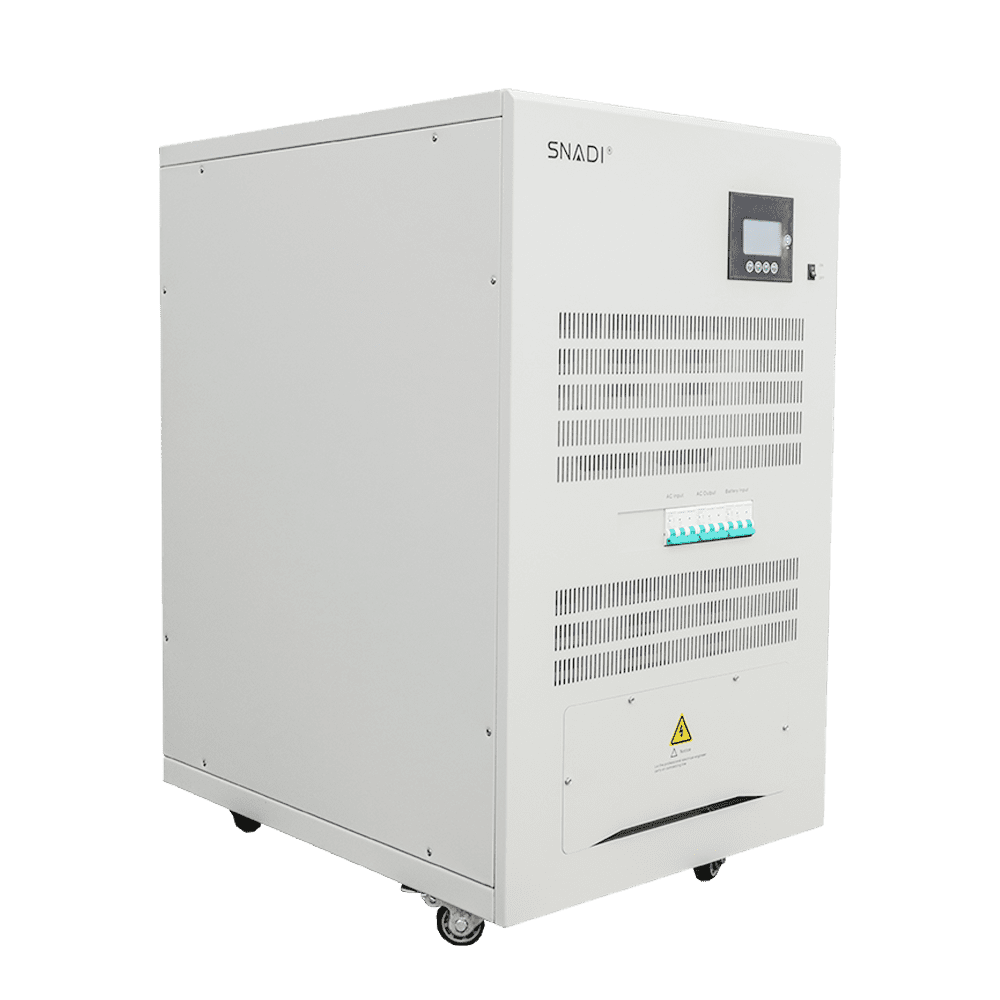
Conclusion
In conclusion, solar charge inverters are critical components in the shift to a cleaner, more sustainable energy landscape. SNADI is a leading solar equipment supplier in China, offering a wide range of solar equipment including solar charge inverters. If you are interested in it, contact us for more product details without hesitation today!

